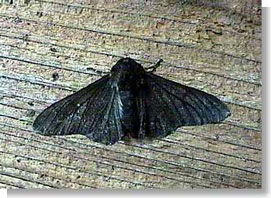Quadratic Functions Applications
Population Genetics
Problem 6 - Find the frequency of the A allele that corresponds to a given mean fitness.
Suppose that genotypes MM and Mm have fitness values of 1 (i.e. w11 = 1.00 andw12 = 1.00), and genotype mm has fitness value 0.5 (i.e. w22 = 0.50) in a particular area. Let p represent the frequency of M allele and q represent the frequency of m allele. Using the equation for mean fitness,
what value of p corresponds to
|
This is the final question on population genetics.
The Biology Project > Biomath > Quadratic Functions > Applications > Population Genetics
Department of Biochemistry and Molecular Biophysics
The University of Arizona
July 2006
Contact the Development Team
http://www.biology.arizona.edu All contents copyright © 2006. All rights reserved.

